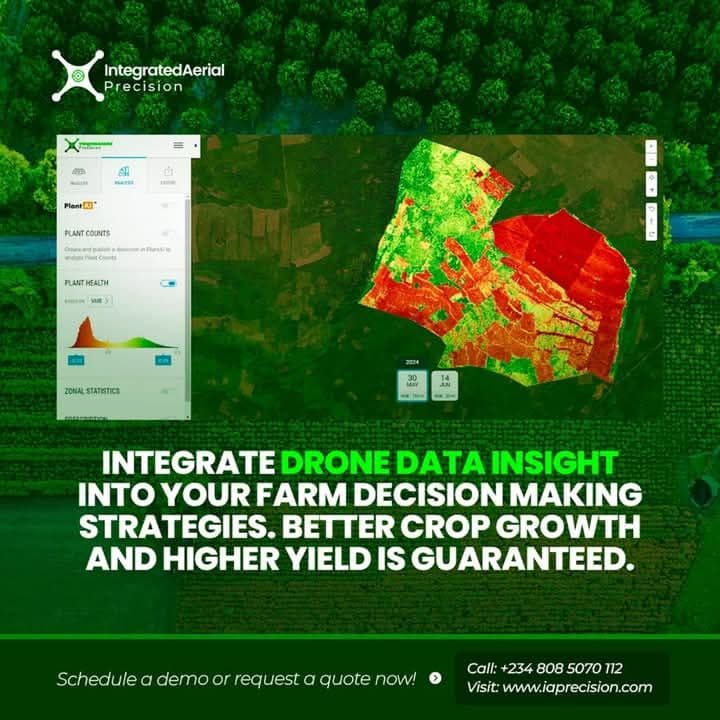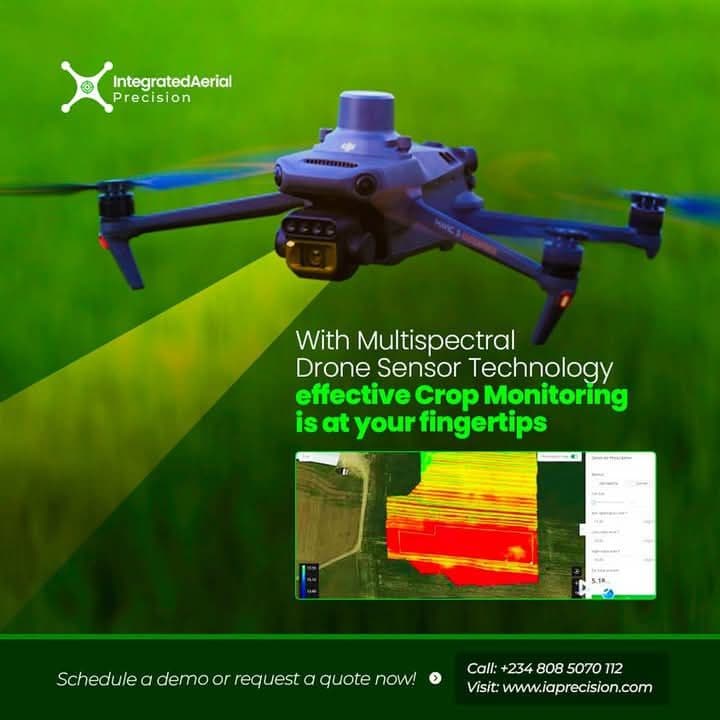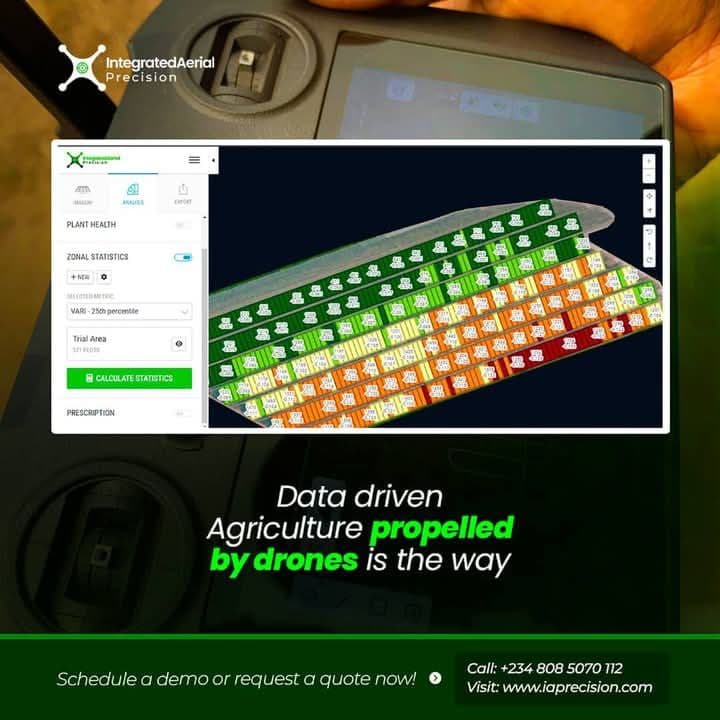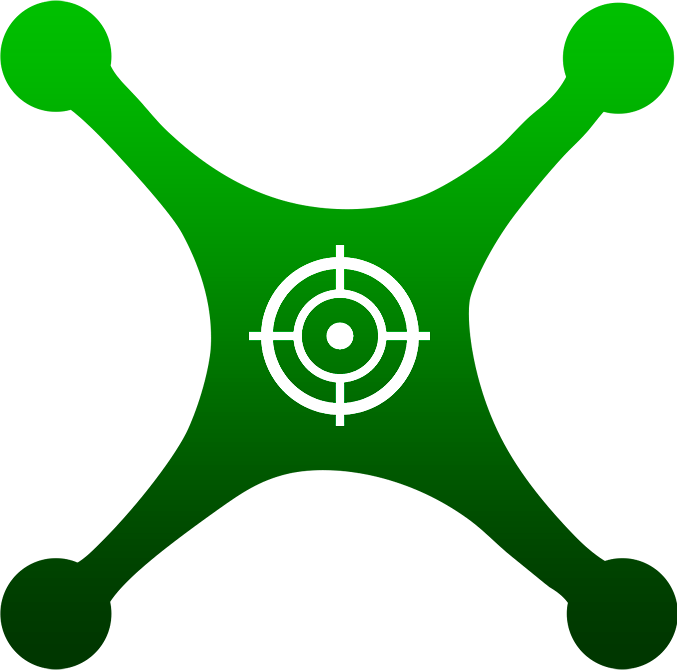How to Detect Pests and Diseases Early with Drone Imagery
Early detection of pests and diseases in agriculture is critical to preventing widespread crop damage and ensuring healthy yields. Traditional scouting methods manually inspecting crops are time-consuming, labour-intensive, and often miss early signs of infestation. Enter drone technology.
Thanks to advances in precision agriculture, farming drones, and digital farm planning, drones now offer a more effective, smarter, and more reliable way to monitor crop health. Through the use of high-resolution cameras, NDVI imaging in farming, and thermal sensors, drones can detect slight changes in plants before symptoms are visible to the naked eye.
This article discusses how drone imaging aids in the early detection of diseases and pests, the different tools and techniques used for this, and the benefits that farmers and crop scientists can gain from the use of this technology.
Drone-Based Crop Monitoring: Why Early Detection of Pests and Diseases Matters
Early monitoring is important because a single pest outbreak or disease can wipe out entire crop fields if not identified early. Late detection leads to:
· Increased crop losses
· Higher pesticide costs
· Reduced yield quality
· Environmental damage due to the overuse of chemicals
Precision agriculture approach such as drone crop scouting and crop health monitoring drones, early detection becomes not only feasible but cost-effective.
Role of Drone Imagery in Plant Health Surveillance

Drone thermal imaging for crops, multispectral sensors, and visible spectrum imaging allow drones to capture data about crop colour, temperature, and moisture, three major indicators of plant stress, which often result from pests or diseases. These aerial images provide real-time insights into crop conditions and enable timely interventions using precision pest management strategies.
How Drones Detect Plant Stress: Multispectral and NDVI Imaging in Agriculture

Multispectral cameras capture light in both visible and non-visible bands. This technology forms the backbone of precision agriculture, helping farmers take targeted actions before issues escalate. With the aid of NDVI imaging, drones can evaluate photosynthetic activity by comparing infrared and visible light reflectance. A drop in NDVI values typically signals Fungal infection, bacterial diseases and Insect infestations.
Also, High-Resolution RGB Cameras for visual inspections are agricultural drones equipped with RGB cameras that take high-definition photos that reveal visual signs of pest damage, such as chewed leaves, discolouration, or unusual patterns. These are automatically processed using agricultural drone software for detection and pattern recognition.
Key Features of Crop Monitoring Drones for Disease Detection: Real-Time Data Capture and Analysis
Today’s smart farming tools integrate drones with AI in agriculture to analyze imagery on-the-go. Algorithms flag anomalies, track changes, and generate detailed reports within hours. Data collected by drones is synced with farm management software, providing a complete view of crop conditions. This combination enhances agricultural data analytics, enabling precision decision-making.
Step-by-Step Guide: Detecting Pests and Diseases with Drones
Step 1: Pre-Flight Planning and Calibration
Before launching a drone, operators must:
· Define the area of interest
· Set flight paths using GPS guidance for farming
· Calibrate sensors based on crop type and sunlight
Step 2: Capturing Images with Drones
As the drone flies over fields, it uses:
· RGB cameras for visible inspection
· Multispectral sensors for detecting plant stress
· Thermal imaging for identifying water-related stress or insect activity
These tools enable high-precision crop monitoring from above.
Step 3: Image Processing and Interpretation
After data collection: The next step is a system that systematically reduces human error and inspection time.
· Agricultural drone software processes images
· AI in agriculture detects irregularities like pest nests or fungal growth
· Areas of concern are flagged for on-ground inspection
Step 4: Making Data-Driven Decisions
After all the detection and once the problem zones are identified, farmers can:
· Apply drone crop spraying to affected areas
· Use variable rate technology for fertilizer or pesticide delivery
· Adjust irrigation with automated irrigation systems
Benefits of Drone Imagery for Early Detection
Speed and Efficiency
Drones can scan large fields in a matter of minutes, detecting issues much earlier than traditional methods. With drone crop scouting, what used to take days now takes hours.
Cost Savings
While initial investment in drone technology might seem high, the long-term savings from reduced pesticide use, less crop loss, and better resource allocation are substantial.
Cost-effective drone solutions for farmers and sustainable agriculture technology are becoming more accessible through government support and private partnerships.
Data Accuracy and Consistency
Drones provide standardized, repeatable data. Whether used in precision seeding technology, soil analysis drones, or disease detection, they ensure consistent crop monitoring across seasons.
Tools That Enhance Drone-Based Disease Detection
Smart Sensors for Farming
Smart sensors installed on drones measure humidity, leaf wetness, and canopy temperature factors that often precede disease outbreaks.
AI-Powered Agricultural Analytics
AI tools identify trends, recommend actions, and even predict future outbreaks. They form the core of modern agricultural robotics and digital agriculture.
Remote Sensing in Agriculture
With remote sensing, farmers can observe subtle changes in chlorophyll levels and canopy structure to preemptively act against infestations.
Environmental and Sustainability Impacts
Reducing Chemical Usage
By enabling targeted pesticide application, drones reduce the quantity of chemicals released into the environment, supporting sustainable agriculture technology goals.
Promoting Soil Health
Using soil analysis drones to detect nutrient deficiencies early prevents over-fertilisation, promoting long-term soil fertility.
Supporting Climate-Resilient Farming
Drones equipped with weather monitoring for agriculture and agricultural data analytics allow farmers to adapt quickly to climate changes, minimizing crop failure risk.
Conclusion: How to Detect Pests and Diseases Early with Drone Imagery

Early detection of pests and diseases relies on precise, science-based techniques through the utilization of drone images. Farmers and students alike now have access to a rapidly expanding arsenal that includes crop monitoring drones, thermography, and computerized analysis.
This technology boosts yields, lowers costs, and promotes sustainability. Whether you are a student, smallholder farmer, or policymaker, drone imagery is a forward-looking solution to traditional agriculture's issues.
📞 Ready to transform your farm? Contact us today at 08085070112 or visit www.iaprecision.com and take the first step toward smarter agriculture with our expert drone solutions.

